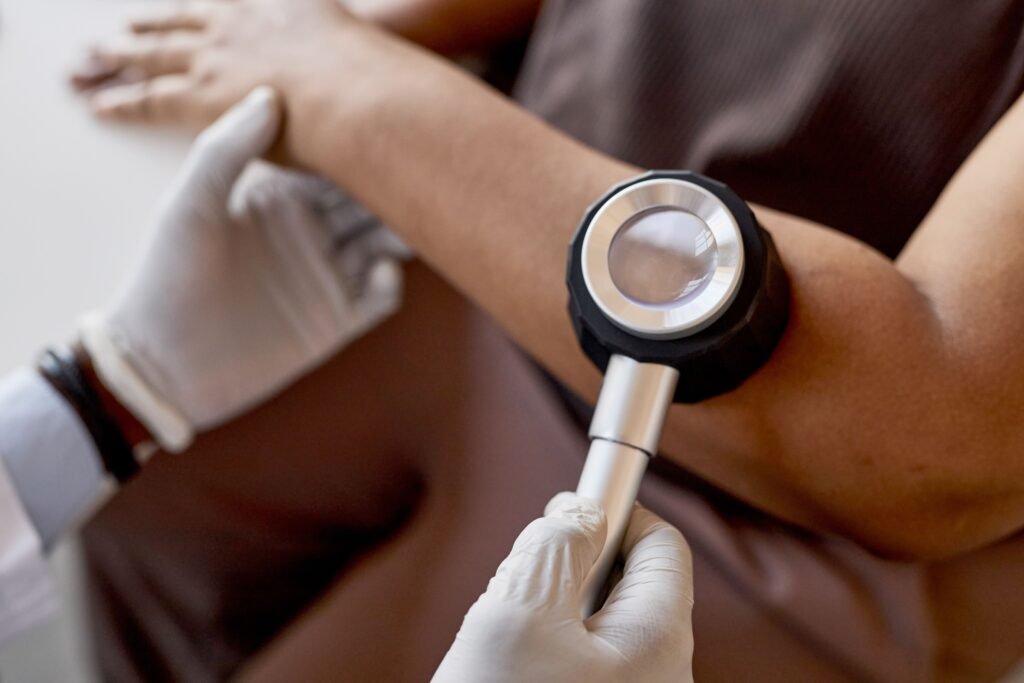Understanding the Gender Disparities in the Impact of Dermatological Diseases on Work-Life: Key Findings
Recent research has unveiled significant insights into how dermatological conditions affect the work-life balance of patients, revealing that women are disproportionately impacted compared to men. Understanding these distinctions is crucial for employers and healthcare providers aiming to foster supportive work environments.
Overview of the Study
A comprehensive cross-sectional study conducted between September 2021 and November 2023 at the University of Pisa’s Department of Dermatology focused on the repercussions of skin diseases on both professional and personal lives. A total of 417 participants were evaluated using a 27-question survey designed to measure the effects of dermatological conditions on work performance.
Key Findings:
- The study highlighted profound differences in how dermatological diseases affect men and women, particularly in work performance and daily activities.
- The primary skin conditions studied included atopic dermatitis, psoriasis, hidradenitis suppurativa, non-melanoma skin cancer, and acne.
Methodology
The methodology employed in this study involved:
- Participants:
- 231 men (mean age: 45.9) and 186 women (mean age: 43.87).
- Survey Tools:
- The Dermatological Diseases Work Impact Questionnaire (2DWIQ)
- The Work Ability Score (WAS)
- The Work Productivity and Activity Impairment Questionnaire
The 2DWIQ scores ranged from 2 to 28, with higher scores indicating more severe impacts on daily functioning.
Highlights of Participants:
- Most subjects were treated with biologic therapies.
- In the white-collar category, the majority were office clerks, while a significant percentage of blue-collar workers included craft workers and sales personnel.
Gender-Specific Impacts
Women vs. Men: A Closer Look
The analysis revealed that dermatological conditions had a more significant impact on women’s work and daily lives:
- Absenteeism: Women exhibited higher rates of absenteeism due to their skin conditions.
- Work and Activity Impairment:
- Women reported greater impairment in their professional activities compared to men.
- Work Ability Score: Women had lower WAS scores, indicating some psychological and functional impairments related to societal pressures and concerns regarding body image.
Statistical Insights:
- Average 2DWIQ scores indicated a greater impact on women (p = 0.030).
- The psychological burden revealed a necessity for tailored workplace accommodations based on gender and disease type.
The Broader Implications for Non-Work Activities
Interestingly, both genders reported that dermatological diseases affected non-work activities more than work-related tasks. However, women experienced a notably higher negative impact in this area, with values reaching ≥ 20%.
Conditions Examined:
- Psoriasis and seborrheic dermatitis were more prevalent in men.
- Lichen-associated issues were reported more frequently among women.
- Hidradenitis suppurativa led to the highest impairment regarding quality of life, especially in female patients.
Limitations and Future Research
While the study provides critical insights, certain limitations were noted:
- The cross-sectional design of the study.
- Data sourced from a single university center.
- Absence of a control group, which limits the ability to draw definitive causal links between skin conditions and their professional impacts.
Future Directions:
Further investigation is essential to encompass a wider array of dermatological conditions and their comorbidities.
Conclusion: Raising Awareness and Advocating for Change
The findings of this study underscore the urgent need for employers and occupational health professionals to recognize the burden dermatological diseases place on their employees.
- Recommendations:
- Development of gender-specific interventions to alleviate the physical and psychological toll of skin conditions.
- Advocacy for equitable work environments that address the disparities in disease impact.
Call to Action
To improve the health management of affected individuals, employers must prioritize interventions catering to both genders. Understanding these disparities can ultimately enhance workplace productivity and employee well-being.
For further reading on gender aspects in dermatological diseases and their impact on work life, check out the following references:


